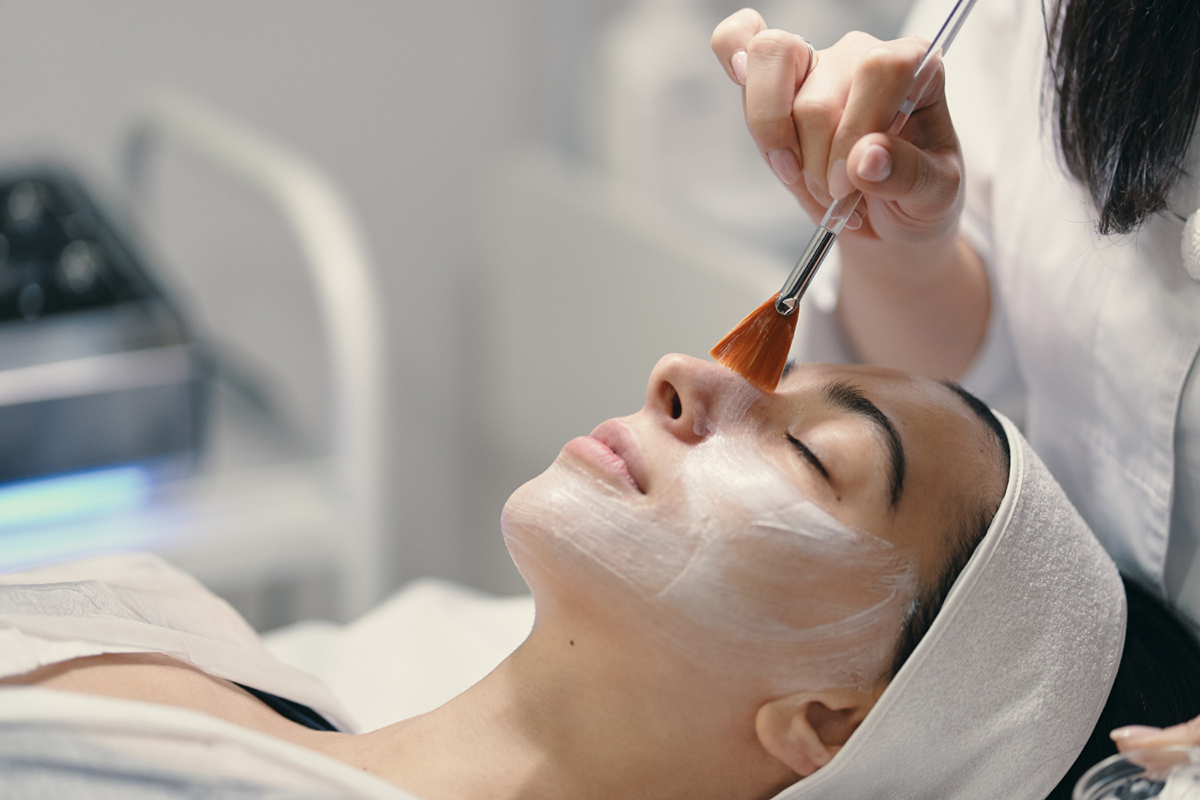Active Ingredients in Chemical Peels that Benefits Your Skin

Chemical peels have been around for a while, but it’s only in recent years that they have become immensely popular. Thanks to advancements in technology and skincare products, chemical peels have become less invasive and more accessible – either through the use of at-home products or in-clinic treatments. Whatever the case may be, it’s important to understand the active ingredients in chemical peels and what they can do for your skin. In this blog post, we’ll take a closer look at the different types of chemical peels and their active ingredients to help you make an informed decision.
1. Alpha Hydroxy Acids (AHAs)
AHAs are among the most common active ingredients in chemical peels. They are derived from fruits and milk, and because of their small molecular size, they can easily penetrate the skin. AHAs work by loosening the bonds between dead skin cells, thereby exfoliating the skin and revealing newer, smoother skin. They are ideal for treating sun damage, fine lines, and uneven skin tone. Glycolic acid is an example of an AHA commonly used in chemical peels.
2. Beta Hydroxy Acids (BHAs)
BHAs are used in chemical peels mainly for their ability to unclog pores and exfoliate dead skin cells. They are oil-soluble and penetrate deep into the pores, making them an excellent ingredient for treating acne-prone skin. Salicylic acid is a common BHA used in chemical peels.
3. Trichloroacetic acid (TCA)
TCA is a stronger acid than AHAs and BHAs, making them ideal for more advanced skin issues. TCA can penetrate the skin’s middle layers and reduce the appearance of fine lines, wrinkles, age spots, and uneven pigmentation. It’s also an excellent option for eliminating certain types of acne scarring.
4. Jessner’s Peel
The Jessner’s Peel is a combination peel that includes salicylic acid, lactic acid, and resorcinol. These ingredients work together to penetrate deep into the skin, unclog pores, and exfoliate dead skin cells. Jessner’s Peel is a great option for treating acne-prone skin, sun damage, and hyperpigmentation. It is also an excellent option for those with mild to severe acne.
5. Retinoic Acid Peel
Retinoic acid is a vitamin A derivative, and it has been shown to be effective in reducing the appearance of fine lines, wrinkles, and hyperpigmentation. Retinoic Acid Peel works by stimulating the production of collagen, which is a key component of youthful-looking skin. This peel is best used on mature skin, and it’s important to note that it may cause skin irritation and redness.
Conclusion
Choosing the right chemical peel for your skin can be tricky, but understanding the active ingredients in chemical peels can make your decision-making process a lot easier. It’s essential to consult with a skincare specialist before undergoing any chemical peel treatment, as they can assess your skin’s needs and recommend the best treatment for you. At Vamped Aesthetics & Design, we offer a range of chemical peel treatments that can help you achieve healthier, more youthful-looking skin. So, if you want to try chemical peels in Dr Phillips, FL, contact us today to book an appointment or to learn more about our services.